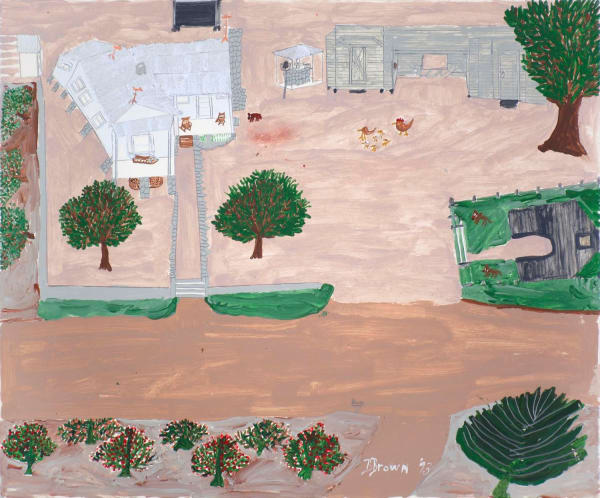Works on Paper: 100 Years: AMANITA, NYC
"This group exhibition presents works on paper from the past century that variously engage with genre. By both adhering to and turning away from this seemingly arbitrary classification system, this selection of both preparatory and finished works considers the uses and desires of genre and, ultimately, genre’s expansiveness and mutability.
Operating within and outside of its support, the affective dimension of a work of art reveals the negotiation of power that traffics between the image and viewer as well as between the image and the wider world. In Portrait of a Dark Haired Woman (1943), Alice Neel (1900–1984) shows the subject from the waist up, leaning slightly back, her hand cupping her chin. An untitled work on paper by Cy Twombly (1928–2011) features a face with a prominent nose and a downcast, squinting eye that peers out of the frame. Tishan Hsu’s (b. 1951) pencil study lays a heavy scribble of fleshy pink over pairs of blue and green eyes. Mostly suggestive and unfixed in their depictions, these works exemplify how portraiture has performed in perpetuity, enveloping the spectrum between memorialization, discovery, and concealment.
In the academy, history painting was the paradigmatic genre, and the allegories that artists produced were often in the service of monarchist propaganda. Here, though less overtly moralistic or political in tone, compositions by multiple generations of artists show the means by which they set the process of signification into motion. Playfully renewing the meta qualities of academic exercises, Philip Guston’s (1913–1980) ...Smoking and Drawing (1972–75) allegorizes the titular subjects and inscribes below them a line by the poet and musician Clark Coolidge, with whom the painter collaborated. In a work by Robert Colescott (1925–2009), a reddish head crowned with the words “NILE QUEEN” peeks like a sunrise above a valley of cartoon characters awash in brown pigment. Colescott appropriates the ubiquitous motifs of pop culture to subtly satirize myths of innocence. Nancy Spero’s (1926–2009) fierce antiwar stance is foregrounded in F111 - Victims in River of Blood (1967), encompassing her direct critique. Shattered limbs burst across the surface, which is clouded in smears of brown pigment that imitate the bodily fluid," as pointed out by the show’s curator, Hyunjee Nicole Kim.
Betty Brown’s three featured works on paper fit well within this context and company. She populated the paper with houses and their environs in a manner that calls gravity and dimensionality into question. Perspective morphs and mutates, with wit and wonder engaging the viewer.



